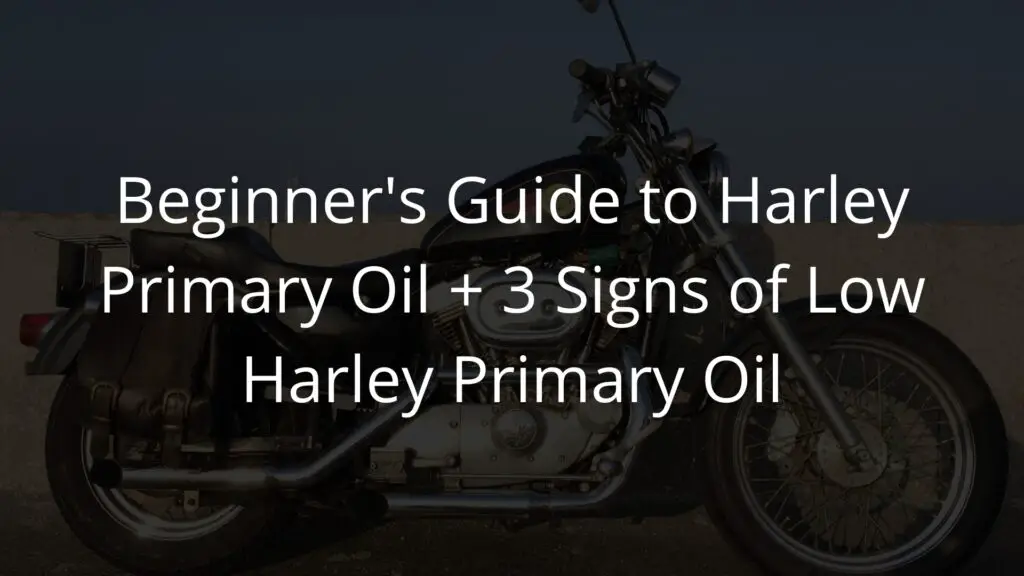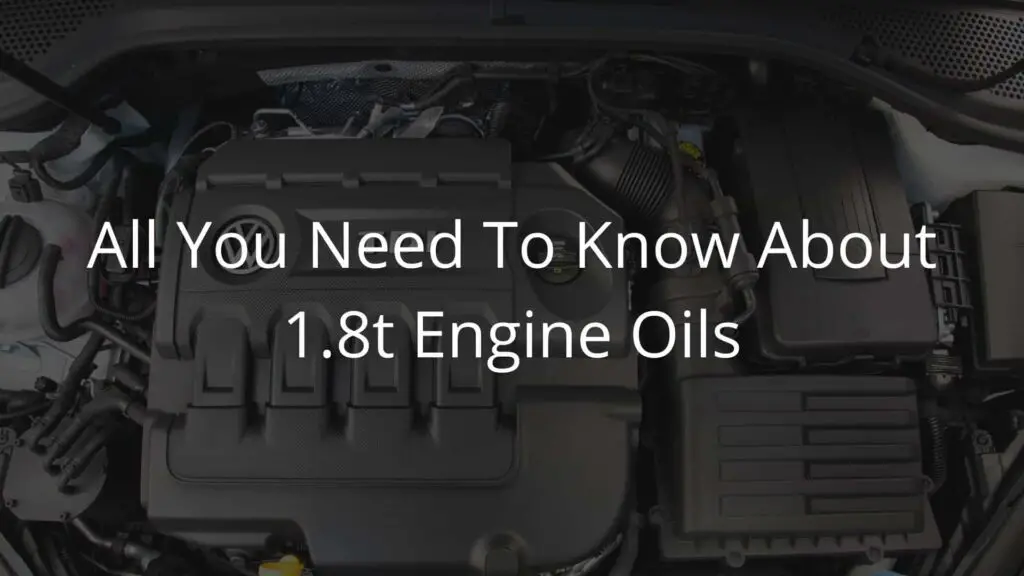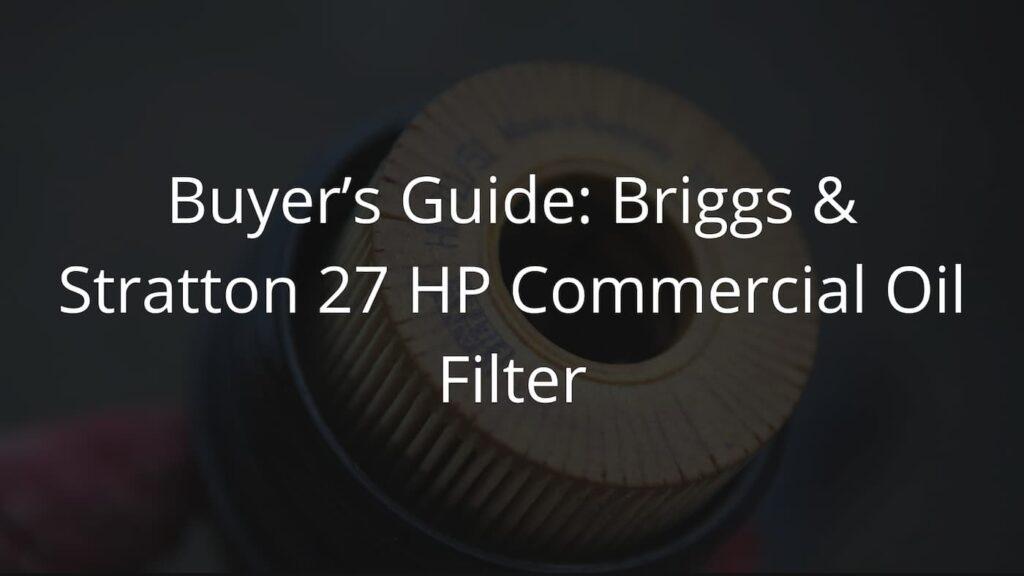Maintaining the primary oil levels in your bike helps ensure that it goes a long way with maximum protection since the primary oil helps lubricate moving parts and reduces friction.
But what exactly is the primary oil, and how can you maintain its oil levels?
Here’s what we’ll cover:
- What is a Primary Oil?
- Difference Between Motor Oil, Heavy Synthetic Gear Oil, and Primary Oil?
- Why Do You Need a Primary Oil for Your Harley-Davidson?
- How Often Should You Change Harley Primary Oil?
- How to Decide the Weight Viscosity of the Primary Oil?
- Symptoms That Your Harley-Davidson Needs Primary Oil
- How To Check Primary Oil Level in Harley-Davidson?
- How to Change Primary Oil in Your Harley-Davidson?
- Cost of Replacing Primary Oil
- Final Thoughts: Harley Primary Oil 101
- Frequently Asked Questions
What is a Primary Oil?
Primary oil is a lubricating oil used in Harley-Davidson motorcycles. It consists of petroleum and additives. When pumped, it moves from the crankcase to the transmission and then to the clutch, where it lubricates and cools the engine components.
Difference Between Motor Oil, Heavy Synthetic Gear Oil, and Primary Oil?
Motor oil lubricates the engine and ensures smooth running. Its composition includes synthetic and mineral oils. You need to change the motor oil every 5,000 miles for the proper running of your engine.
Heavy synthetic gear oil lubricates the transmission gears. It is a blend of synthetic and mineral oils. You need to change heavy synthetic gear oil every 30,000 miles.
Let’s dive into the details. Motor oil is a lubricant used in internal combustion engines, which power most vehicles. Several types of motor oils include conventional, synthetic, and blend. Viscosity is the main difference between motor oil, heavy synthetic gear oil, and primary oil.
Conventional motor oil is the most common type of motor oil. Its composition is of refined crude oil containing additives for performance improvement.
Synthetic motor oil is made from synthetic chemicals and is free of crude oil. It often outperforms conventional motor oils, but it is also more expensive. Blends are a mix of natural and synthetic oils.
Heavy synthetic gear oils are ideal in automotive transmissions and differentials. They typically have a higher viscosity than motor oils to provide better protection for gears.
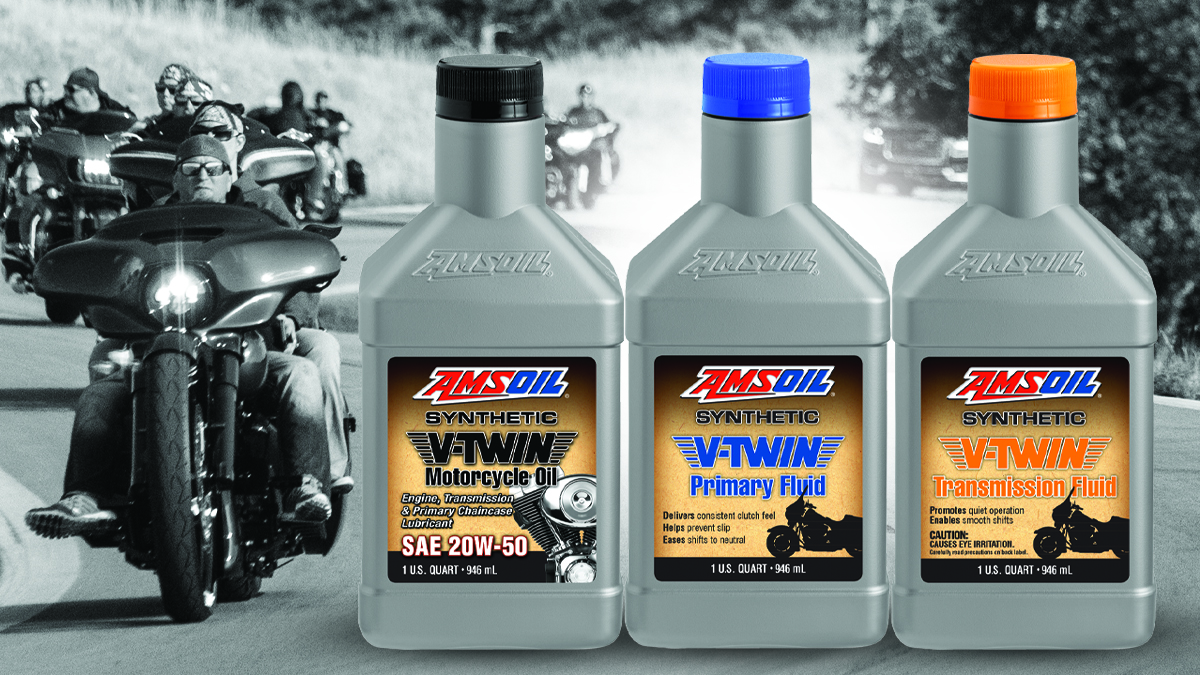
Why Do You Need a Primary Oil for Your Harley-Davidson?
If you’re a Harley-Davidson owner, you know the importance of oil changes for maximum protection. But did you know that using a primary oil is just as important? Here’s why:
Primary oil is responsible for lubricating the engine and transmission. It also helps cool the engine by carrying heat away from critical components. However, over time, the primary oil breaks down and becomes less effective. That’s why it should be changed regularly.
But which primary oil should you use?
There are a couple of things you should consider when choosing a primary oil for your Harley.
First, make sure to pick a primary oil with the optimal viscosity and additives — check the owner’s manual to see which viscosity level your Harley motorcycle needs.
Second, consider the price. You don’t want to spend too much on oil, but you also don’t want to skimp on quality.
How Often Should You Change Harley Primary Oil?
Harley-Davidson recommends changing the primary oil on its motorcycles every 5,000 miles under normal riding conditions. However, if you frequently ride in extreme temperature environments like hot weather or cold weather or at high speeds, you should change the oil more often.
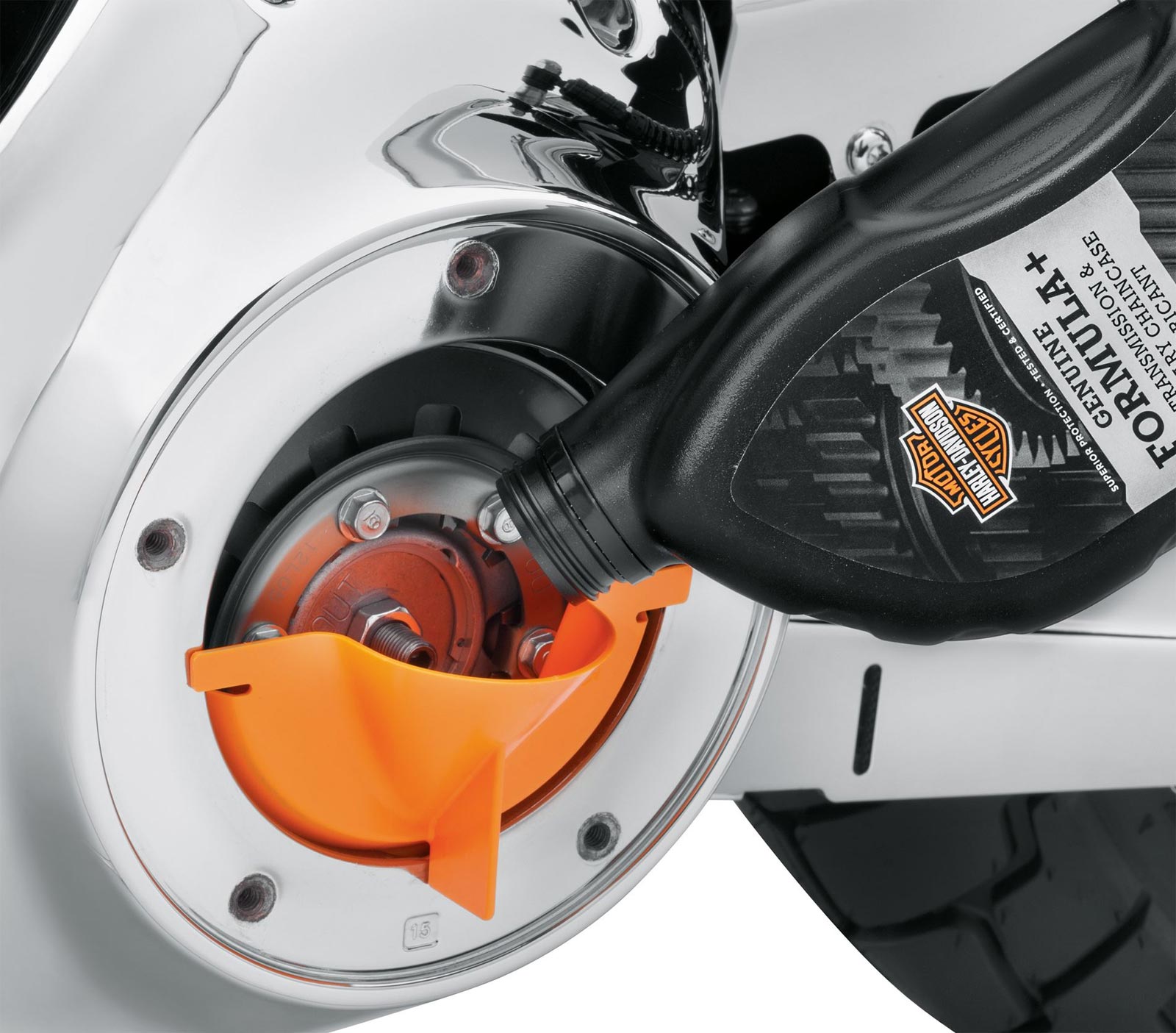
What if the Primary Oil is Not Changed on Time?
If you don’t change your Harley’s primary oil on time, it could damage your bike. Fresh primary oil lubricates the transmission and clutch.
If you let the oil get too old, it can start to break down and form sludge. It can clog up the transmission, causing problems with shifting gears.
It can also lead to premature wear on the clutch plates.
In other words, change the primary oil on time for the smooth performance of your Harley-Davidson.
How to Decide the Weight Viscosity of the Primary Oil?
It is essential to decide the weight viscosity of the primary oil because it affects the overall lubrication of the engine. The lower the weight viscosity, the thinner the oil and the easier it flows. The higher the weight viscosity, the thicker the oil and the harder it flows.
If you have a high-performance engine, you will want to use a lower-weight oil for easy flow and lubrication. If you have a standard engine, you can use a higher-weight oil without any problems.
Symptoms That Your Harley-Davidson Needs Primary Oil
As a proud owner of a Harley, remember that your bike needs regular maintenance for smooth running. This maintenance includes regular oil changes.
But how do you know when it’s time to change the oil? Here are some signs that tell you that.
1. Dry Primary Chain
If you notice that your Harley’s primary chain is dry, it requires primary oil. Lack of lubrication can cause the breaking of the chain, leading to damage to your engine.
For lubricating your primary chain, top off the oil as needed. If the chain is already dry, clean it and add fresh oil.
2. Oil on Primary Drain Plug
If you see oil on the primary drain plug, it indicates that your Harley-Davidson needs primary oil. The oil keeps the clutch pack lubricated and prevents metal-to-metal contact for proper function.

If you’re low on oil, you may notice unsmoothed engagement of your clutch, or your bike might shift difficulty. If you don’t add oil, the clutch pack will fail and need replacement due to friction.
Avoid costly repairs by checking your primary oil level regularly and top off as needed.
3. Hard to Engage 1st Gear
If it’s hard to engage your 1st gear, your Harley-Davidson may need primary oil.
While hard 1st gear can happen due to several reasons, low oil levels are often the common denominator.
How To Check Primary Oil Level in Harley-Davidson?
To check your Harley’s primary oil level, locate the dipstick under the left side of the engine. The dipstick will have “PRIMARY” written on it. Once you find the dipstick, pull it out and wipe it off with a clean rag.
Then, reinsert the dipstick inside the primary case cover and pull it out to check the oil level. If the oil level is at or above the “FULL” line on the dipstick, your primary oil level is good.
But if the oil level is below the “FULL” line, you will need to add more oil.

How to Change Primary Oil in Your Harley-Davidson?
To change the primary oil in your Harley-Davidson, you require some tools.
- O-ring
- Primary oil
- Torque wrench
- Cover gasket
- Torque bit
- Primary funnel
- 5/8 inch socket
- Socket wrench
Once you have those tools, follow the steps below:
1. Park your Harley on a level surface and place a drain pan underneath the primary fluid drain plug.
2. Remove the primary cover using a socket wrench.
3. Drain the old oil from the primary by removing the drain plug and allowing the oil to flow into the pan.
4. Clean the drain plug and reinstall it in the primary.
5. Fill the primary with new oil — do not overfill it.
6. Replace the primary case cover and tighten all of the bolts.
Cost of Replacing Primary Oil
The average cost for a primary oil change replacement is between $75 and $200. It includes the cost of the oil, the filter, and the required labor. The cost gets affected by the oil type, car’s model, make, and service center’s location.
Final Thoughts: Harley Primary Oil 101
In conclusion, it is important to be aware of the three signs of low Harley-Davidson primary oil to change it before it causes any damage. By keeping an eye out for the signs and changing the oil when necessary, you can keep your Harley running smoothly for years to come.
For more engine-oil-related queries, explore our blog.

